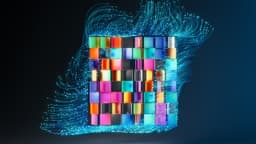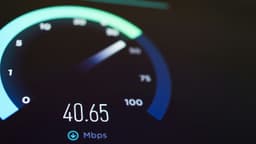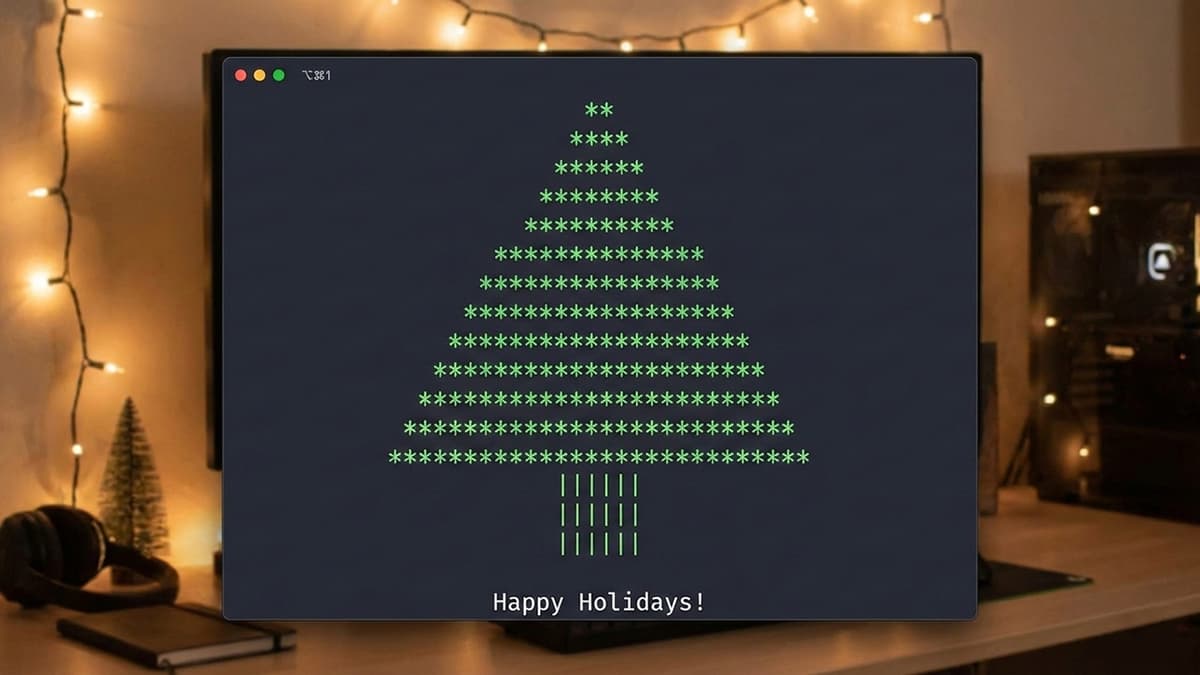What is a GPU Cluster in AI?
Once upon a time, computers were simple. They could perform basic calculations and follow straightforward instructions. Fast forward to today and we have machines capable of mimicking human intelligence, predicting the future, and even creating art. Ever wondered how they do it? Welcome to the captivating world of GPU clusters in AI!
What Does GPU Stand For?
To begin with, let’s break down what GPU stands for: Graphics Processing Unit. Initially, GPUs were designed to render images and video in real-time, making video games and animations look crisp and seamless. But in recent years, these powerful processors have found a new vocation that goes beyond graphics – they have become the unsung heroes of Artificial Intelligence.
Why GPUs Are Essential in AI
If you've ever wondered why companies like NVIDIA have dedicated so much effort into developing GPUs, the answer lies in their unparalleled ability to handle complex calculations quickly and efficiently. AI involves processing massive amounts of data and performing billions of calculations per second. CPUs (Central Processing Units), while great for general-purpose computing, just don’t cut it when it comes to such intensive tasks.
GPUs, on the other hand, excel at parallel processing, meaning they can perform thousands of tasks at the same time. This characteristic makes them extremely well-suited for the repetitive and immense calculations required in AI algorithms, particularly in deep learning, which involves neural networks with numerous layers.
What Exactly Is a GPU Cluster?
A GPU cluster is essentially a network of interconnected GPUs that work together to tackle a computational problem. Imagine you're trying to dig a giant hole. If you use just one shovel, it's going to take forever. But if you get a bunch of friends with shovels to help, you can dig that hole much faster. The same concept applies to GPU clusters; multiple GPUs cooperate to process data more swiftly than one alone ever could.
A GPU cluster is much more capable than a single GPU because it combines the processing power of many GPUs, enabling scalable and efficient computation. In large-scale AI applications, especially those involving big data, a GPU cluster can drastically reduce the time it takes to run complex algorithms.
How Do GPU Clusters Work in AI?
To understand how GPU clusters operate, it’s helpful to look at their structure. Typically, a GPU cluster is made up of the following components:
- GPUs: The workhorses of the cluster, each handling part of the computations.
- CPUs: Coordinate the work being done by the GPUs.
- Memory: Stores data, models, and intermediate results.
- Networking: Connects the GPUs and allows for data transfer between them.
When an AI algorithm runs on a GPU cluster, the CPU acts as a manager, distributing tasks to various GPUs, each of which executes its assigned computations. The results are then gathered and combined to form the final output.
The real magic lies in the software that coordinates everything. Machine learning frameworks like TensorFlow, PyTorch, and CUDA are designed to take advantage of this parallel architecture, making it easier for developers to harness the power of GPU clusters.
Who Uses GPU Clusters?
GPU clusters are not just for tech giants. They are employed by a wide range of industries and professionals:
- Researchers: In fields like genomics, chemistry, and climatology, GPU clusters help process complex simulations and massive datasets.
- Healthcare: From predicting disease outbreaks to diagnosing conditions from medical images, AI models trained on GPU clusters are saving lives.
- Finance: Financial institutions use AI for stock market predictions, risk assessment, and fraud detection.
- Entertainment: Visual effects in movies and games, recommendation systems on streaming services, all use AI powered by GPU clusters.
- Self-Driving Cars: Companies like Tesla rely on GPU clusters to process the vast amounts of data generated by their vehicles' sensors, enabling real-time decision making.
The Future of GPU Clusters
The field of AI is advancing at a breakneck pace, and GPU clusters will likely play an increasingly vital role. With innovations like quantum computing still on the horizon, the current technological marvels are GPUs and their clusters.
Improved algorithms and even more powerful GPUs are anticipated in the near future. The next generations of AI will tackle even more complicated problems, from climate change to advanced robotics, all powered by the hum of GPU clusters working in harmony.
Understanding the role of GPU clusters in AI underscores the importance of having the right tools for the job. Imagine trying to complete a marathon in flip-flops. Sure, you might finish, but how much more effective would you be with running shoes?
GPU clusters are the running shoes of artificial intelligence, providing the speed and efficiency needed to keep up with the grueling pace of AI advancements. So next time you marvel at an AI-generated piece of art or interact with a surprisingly intuitive chatbot, remember the silent champions behind the scene, working tirelessly in tandem: the mighty GPU clusters.












